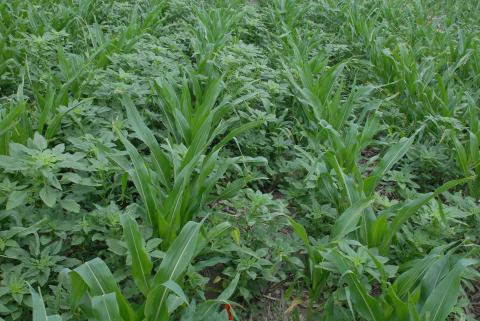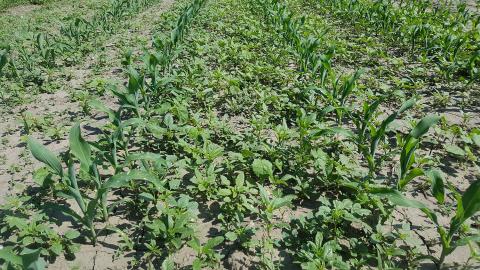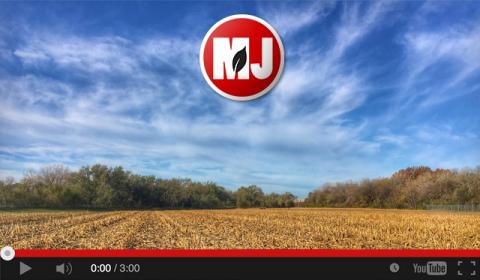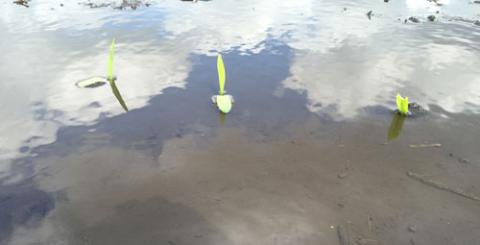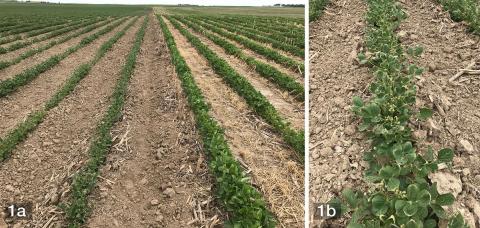
Dicamba Injury Symptoms on Sensitive Crops
June 28, 2017
Dicamba-resistant soybean, genetically engineered to provide resistance to dicamba and glyphosate, was made commercially available for the 2017 growing season. This article looks at potential dicamba injury to sensitive crops and plants.
Grower Q&A: Is this Herbicide-Resistant Palmer Amaranth?
June 23, 2017
This week growers facing challenges with Palmer amaranth questioned whether it was due to the product, the environment and lack of rain, or a resistant weed. Several factors could be at play, notes a UNL weed scientist, who recommends starting with preemergence herbicides with residual activity to get the best control.
Consider Application Restrictions of Postemergence Herbicides Based on Soybean Growth Stage
June 19, 2017
It's important to consider soybean growth stage and preharvest interval when applying postemergence herbicides to avoid potential crop injury. This article describes how to determine crop growth stage and includes a table of application restrictions for common postemergence herbicides.
Consider Corn Growth Stage When Applying Postemergence Herbicides
June 14, 2017
When applying postemergence herbicides, consider corn growth stage, weed species present, and crop and weed heights. The article includes how to determine corn growth stage, recommendations to avoid problems, and a table of application restrictions for common postemergence herbicides.
Control of Glyphosate-Resistant Volunteer Corn in LibertyLink Soybean
June 12, 2017
Controlling glyphosate-resistant volunteer corn is a major challenge in some soybean fields this year as preemergence herbicides aren't very effective. Postemergence herbicides will be critical to its management.
Market Journal on Nitrate Leaching, Marestail Control and More
June 9, 2017
On this week's Market Journal with host Jeff Wilkerson view these segments:
Herbicide Considerations When Replanting
June 8, 2017
Due to May flooding from heavy spring rains, replanting of corn and soybean continues in eastern and southern Nebraska. Here are two factors to consider regarding herbicide use in replanting.
